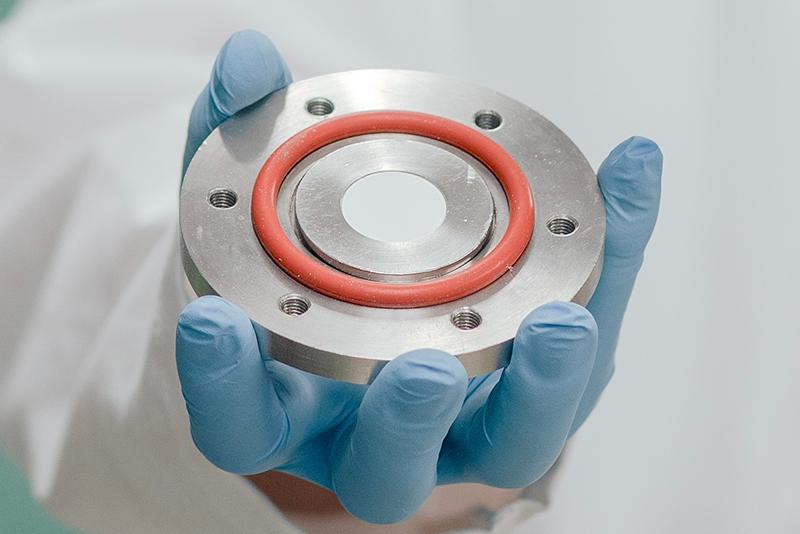On the water highway to low-cost dehumidification
The cost and energy efficiency of dehumidification can be enhanced by creating polyimides that use less energy to dry air than commonly used refrigerants, say researchers at Texas A&M University, USA. Unlike refrigerants, polymides absorb moisture within their hydrophilic pores.

Also known for their high rigidity and tolerance for heat and chemicals, the polyimides are said to be cheaper than the existing alternative zeolites – an organic material that is expensive to scale up. The attractive forces between the ring-shaped imides in the polymer gives it its characteristic strength. ‘In this study, we took an existing and rather robust polymer and then improved its dehumidification efficiency,’ says Hae-Kwon Jeong, Professor at the University.
‘These polymer-based membranes, we think, will help develop the next generation of heating, ventilation and air conditioning (HVAC) and dehumidifier technologies that are not just more efficient than current systems but also have a smaller carbon footprint.’
The team has converted a commercially available polyimide (PI) into a hydrophilic water-vapour selective membrane (modified PI). ‘The dehumidification properties of the PI membranes were enhanced due to the creation of hydrophilic percolation pathways (namely, water highways) within the PI polymer matrix,’ Jeong notes.
The scientists first developed a film by carefully applying polyimide molecules on a few nanometres-wide alumina platform. ‘6FDA-DAM PI film was prepared by drop-casting on a porous-alumina substrate with thickness of 6.3 ± 1.7μm,’ he explains.
‘The PI film was partially hydrolysed in a sodium hydroxide aqueous solution, turning a part of the film into 6FDA-DAM poly(amic acid) (PAA). The hydrolysis reaction involves nucleophilic hydroxides attacking the carbonyl carbons of the imide rings, thereby breaking the imide rings, forming hydrophilic amide groups and carboxylic salt groups coordinated with sodium ions. There are various variables affecting the hydrolysis reaction including pH, time, temperature and concentration.’
A high-powered microscope has revealed that the hydrolysis reactions lead to water-attractive percolation channels or highways within the polyimide. The material was tested for dehumidification by measuring the water/nitrogen (H₂O/N₂) separation performance with a custom-made permeation measurement system.
‘Compared with the PI membranes, the resulting PAA/PI membranes showed much enhanced H₂O/N₂ separation performance (i.e., H₂O permeability from ~6,400 Barrer to ~11,000 Barrer and H₂O/N₂ separation factor from ~190 to ~320) while preserving the mechanical strength of the membranes,’ Jeong recalls.
The team has found that the membranes can operate continuously without requiring regeneration as the trapped water molecules leave via a vacuum pump that is installed on the other side within a standard dehumidifier.
Although the material is said to be scalable by using existing commercially-available polymers, Jeong recognises that the polyimides do not yet perform as well as zeolites.







